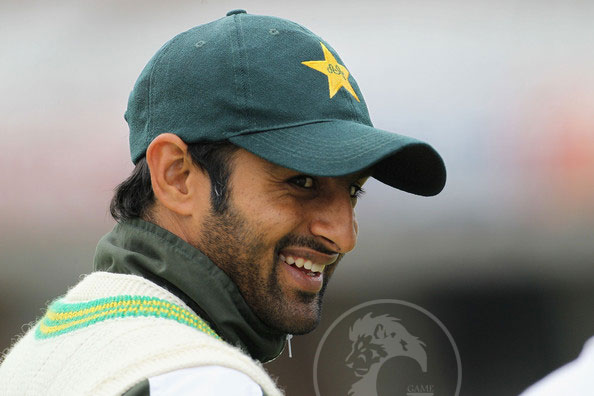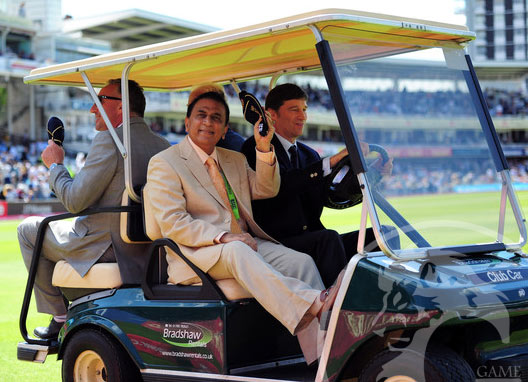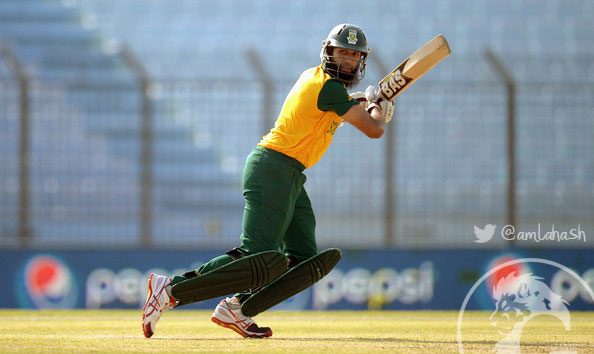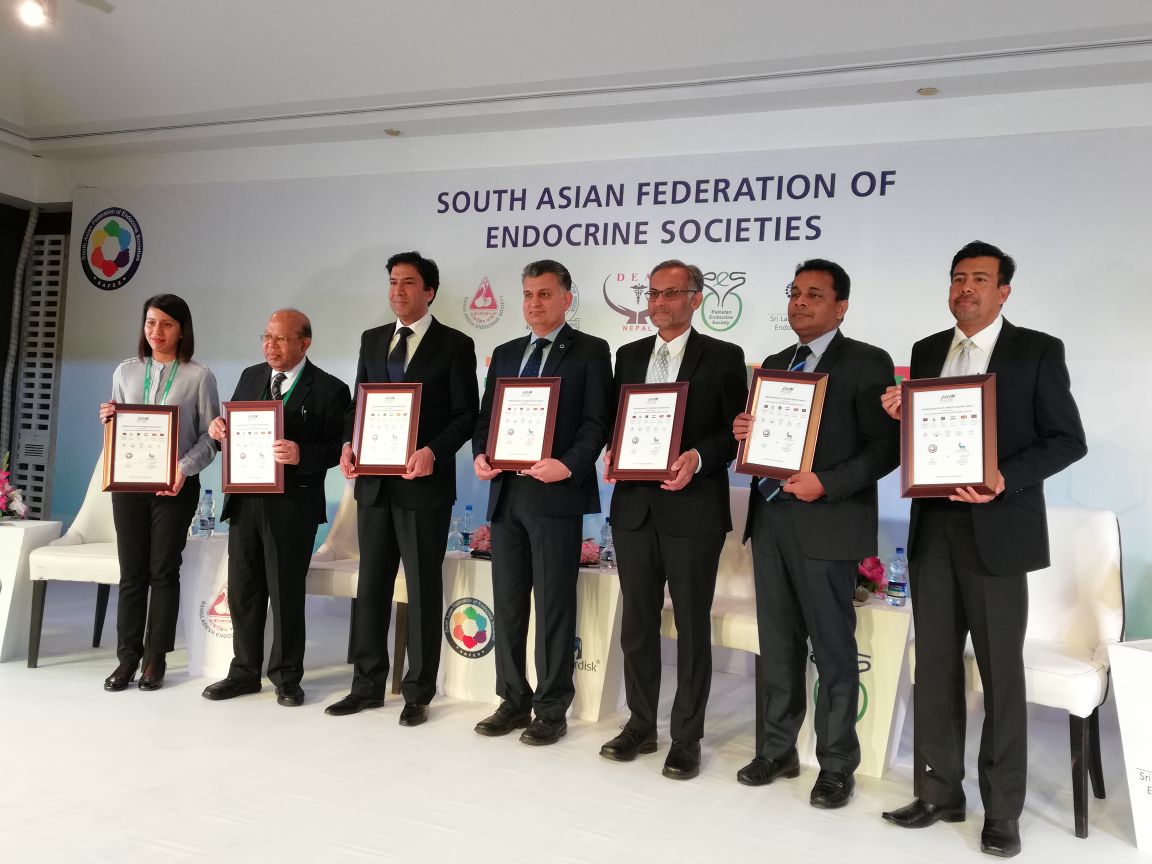
“The Shoaib Malik Question…”
March 24, 2014
Gavaskar ready to take over BCCI
March 28, 2014Problems, they say, come in threes and that’s exactly the number of questions still hanging over South Africa’s batting line-up. Despite posting their highest total at a World T20 since the 2010 edition on Monday and keeping themselves alive in the competition, the spotlight remains on Hashim Amla, AB de Villiers and David Miller.
The concerns surrounding the trio do not concern their quality but question why they are being deployed in their current positions. Amla is seen as too slow a starter to open, de Villiers too explosive a player to be left for the middle order and Miller as too inexperienced to be a come-in-and-tee-off finisher. Despite public protestations Faf du Plessis explained South Africa won’t deviate from where they play de Villiers because they believe he is best utilised at No. 4 but will he rethink the Amla and Miller roles? And does he even have to?
An obvious argument against Amla’s inclusion is that he just doesn’t approach the game like a T20 player and specifically like a T20 opener. Unlike David Warner or Chris Gayle, Amla does not make an entrance as excitable as an over-sugared jelly baby, he does not jump about, swing his arms and stretch his legs while waiting for the ball to be delivered and he does not bludgeon anything. The only thing emphatic about him is his wristiness and even that is inherently subtle.
Those characteristics point to a slow strike rate, a no-no in this format, but a closer examination reveals Amla does not meander along without purpose. He balances the demands of fronting up first in this format with anchoring an innings, albeit in the shallow waters of a T20 game. The most recent domestic season is clear evidence of that.
Amla, in his first summer with the Cobras, was the third-highest run scorer and played fewer matches than anyone else in the top 10. He featured in eight games and accumulated 317 runs with a top-score of 84. His strike-rate was 143.43 and he was able to score at that speed despite losing his opening partner inside the first two overs in five of those matches. That points to Amla’s ability to hold things together and move the team forward when they are in trouble, something he has to do at national level as well.
In both South Africa’s matches at this World T20 so far, Amla has outlasted Quinton de Kock and paved the way for the middle-order to strike out. He has done what he said he would before the competition started. “Not a lot changes for me. There might be a few more expansive shots but the basics of the game are still there,” he said when South Africa arrived in Bangladesh. “I’ll just try and fit into my role in the team and play good cricket shots with the odd swipe here and there. We’ve got guys like AB de Villiers and David Miller who can hit the ball a really long way. So, not a lot will change for me, but hopefully I’ll have a quicker strike-rate.”
In South Africa’s opening match against Sri Lanka, Amla was the only one of his team-mates with a strike-rate under 100. In the second game against New Zealand, South Africa had only two contributors who scored more than 20. Amla was one, JP Duminy the other and Amla’s strike-rate of 102.50 was little over half Duminy’s, which sat at 200.
But it’s not a crisis for Amla because that is the role South Africa want him to play. They need him to provide stability for others to bat with freedom and he admitted he is still growing into the position. “I haven’t played a lot of international T20 games,” he said. “I haven’t quite got the experience so I almost feel every game is a learning experience for me.”
Amla, whose international career is a decade old, has only played 23 international T20s, the same number as Miller, who debuted in 2010. Miller was picked on the strength of his ability to accelerate but has yet to do that in a T20 for South Africa. His highest score is 36, made against Zimbabwe and Sri Lanka, and he has not gone past 25 in his last six innings.
Miller is not fulfilling his obvious potential, something which was again on display in the domestic T20 competition. He was the top-scorer with 383 runs from 12 innings and came at a strike rate of 153.20 and included four fifties, one of which ballooned to an unbeaten 93 and took the Dolphins to victory in their playoff.
The bulk of Miller’s runs, including two of his half-centuries, came when he was batting at No. 4 and was not under too much pressure. Apart from one occasion when the Dolphins were 13 for 2 against the Warriors and Miller’s 60 off 40 balls rescued them, when there was a mini-collapse upfront, Miller was caught in it as well. His other three fifties came when there were at least 70 runs on the board and around 10 overs left in the innings.
Miller does not get that much time at the crease for South Africa. He comes in at No. 6 and is expected to spend no time having a sighter and just go big. Albie Morkel has shown he can do that to some extent – he has heaved from the get-go in both matches and fallen on his sword shortly after – but Miller seems to a little more time and a little more certainty and he knows it.
“I’ve been batting six, and there have been different situations the whole time. It’s difficult to get something going in certain situations,” he said before the tournament started. “I haven’t done as well as I wanted to do but I feel it’s around the corner. If I bat up the order, I want to make a difference with that promotion. If I get two overs, I want to make a difference in those two overs.”
Miller has a much greater chance of the latter happening than the former and he will have to work much harder to make the difference he wants. South Africa may be expecting too much too soon from him but if Amla can give de Villiers something to launch from and de Villiers can combine with Miller to set off the fireworks, solutions, like problems, could also come in threes for South Africa.
Courtesy: ESPN CRICINFO




